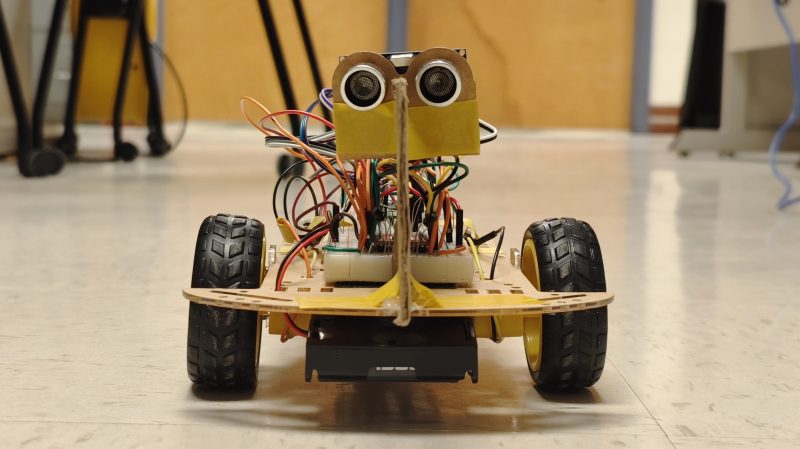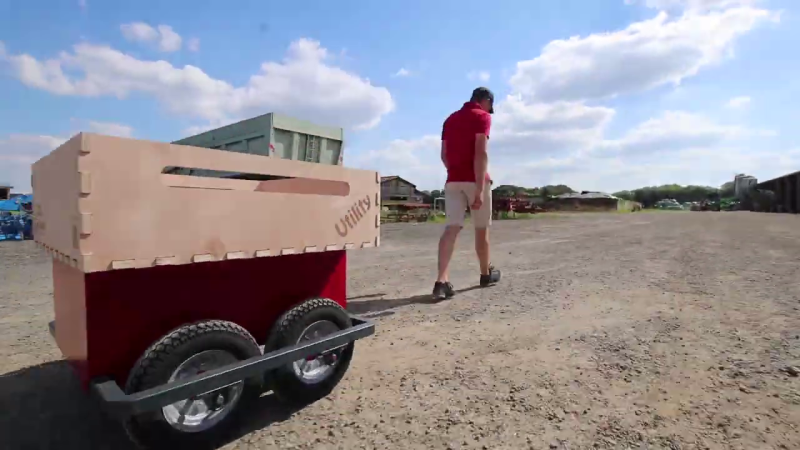Infrared Following Robot Built As Proof-of-Concept For Autonomous Luggage

Once upon a time, the poor humans of the past had to lug around suitcases and trunks with their own arms. Then, some genius figured out that you could just …read more Continue reading Infrared Following Robot Built As Proof-of-Concept For Autonomous Luggage
